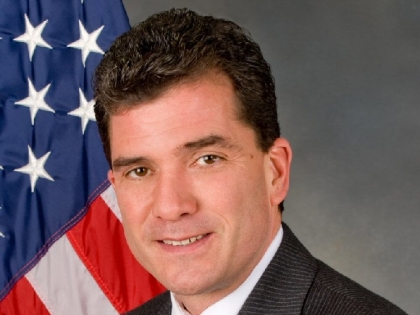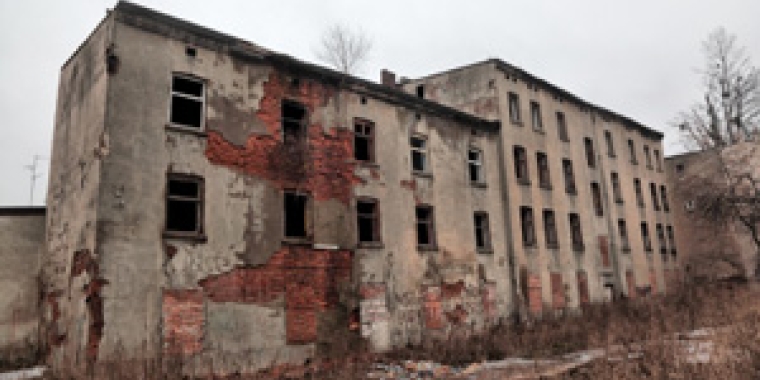
BUFFALO NEWS EDITORIAL: Two changes needed in historic tax credit program

Gov. Andrew M. Cuomo delivered good news for the long-term prospects of rehabilitating commercial properties with his proposal to extend the state’s tax credits for renovating those buildings.
The tax credit program, which was due to expire next year, has been a key factor in Buffalo’s revitalization. One example is developer Rocco Termini’s spectacular makeover of the Hotel @ the Lafayette downtown.
In his proposed 2013 budget, Cuomo wants to extend the program for five years, through 2019. He also wants to soften restrictions on use of the credits, a move that will enlarge the pool of investors. The money lost from the tax credits will be more than made up by the new economic development in New York.
However, the governor’s proposal could use a couple of tweaks. The cap on the credits should be raised from $5 million to $12 million, which would allow developers to tackle bigger projects, such as the old AM&A’s store on Main Street. Sen. Mark J. Grisanti, R-Buffalo, is pushing for the increase.
And a similar extension of the incentive for owner-occupied historic homes was not part of the budget proposal. That oversight should be corrected when Cuomo submits budget amendments in the next few weeks.
The residential program now provides up to a $50,000 incentive per project, covering 20 percent of qualified rehabilitation costs – roof repairs, new heating systems, masonry repair, window maintenance and more. The incentive targets historic properties in distressed census tracts. More than 800 applicants in 58 municipalities across the state have utilized the program, generating $21.5 million in private reinvestment in these historic homes. Buffalo is leading the way, with more than 120 applicants.
All of this momentum will be lost if the governor fails to extend the homeowner credit in its current format. The governor’s budget would lower the incentive to $25,000 per project and restrict the program to ultra-distressed census tracts, effectively carving Buffalo and most other municipalities out of the program altogether.
The Preservation League of New York State estimates that only 156 homes in Buffalo would qualify for the restricted program, in contrast to the more than 4,700 homes that are eligible now.
Cuomo’s proposal to extend the historic tax credits for commercial buildings is a welcome change. Raising the tax credit limit on the program and dropping the proposed restrictions on owner-occupied historic homes will make the program much more effective.
http://buffalonews.com/apps/pbcs.dll/article?AID=/20130201/OPINION/130209978

